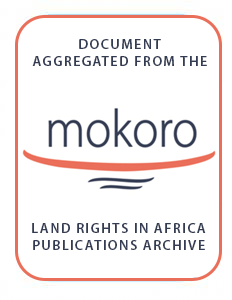Villagers in Zimbabwe face loss of land;livelihoods
Land is a commodity like no other. We live on it;we grow from it;we drink from it and build our futures upon it. But we don’t share it equally. The distribution of land has long defined the gap between rich and poor. Now new data shows clearer than ever how the way in which land is being shared and managed profoundly impacts extreme and rising inequality and the achievement of women’s and girlsrights. With the largest 1 percent of farms operating more than 70 percent of the world’s farmland;it is time that we called out the problem of extreme land inequality and committed to ending it.







